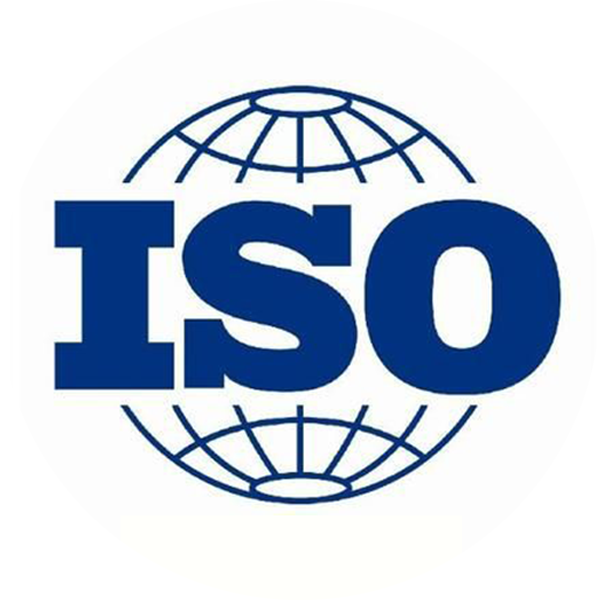Which Aluminum Alloys Can Be Anodized?
The following aluminum alloys are most suitable for anodizing:
- 5XXX Series – Aluminum alloys containing a small amount of magnesium.
- 6XXX Series – Aluminum alloys containing a small amount of magnesium and silicon.
- 7XXX Series – Aluminum alloys containing a small amount of zinc.
The anodizing process can increase the thickness of the alumina layer on most aluminum alloys. However, for some alloys used in more demanding applications, the alumina layer may not provide sufficient protection. It has been observed that certain alloys may develop an undesirable alumina layer after anodizing, such as dirty yellow, brown, or dark gray colors. Although there are some differences between the alloys, the following summarizes the potential outcomes when anodizing aluminum alloys by series type:
1XXX Series
The 1xxx series is made of pure aluminum with no additional elements added during manufacturing. This series of aluminum can be anodized, resulting in a clear and glossy alumina layer. Due to the relatively pure and softer base aluminum, the mechanical properties of these alloys may be poorer compared to other series and are more prone to damage.
2XXX Series
The 2xxx series of aluminum alloys contains copper, making it a very strong and hard aluminum alloy. However, while copper enhances the mechanical properties of aluminum, it also makes these alloys less suitable for anodizing. After anodizing, 2xxx series aluminum alloys form a layer of oxidation that offers poor protection for the underlying aluminum, and the color is typically yellow, which is often unattractive.
3XXX Series
The 3xxx series aluminum contains manganese. While the anodized layer can adequately protect the underlying aluminum, it tends to result in an unsightly brown color. This brown color varies by grade, making it difficult to maintain a consistent appearance among 3xxx series aluminum components.
4XXX Series
The 4xxx series aluminum alloys contain silicon. Although the anodized 4xxx series materials receive good protection during the anodizing process, it is important to note that the color of these alloys appears dark gray and lacks aesthetic appeal. The 4xxx series aluminum alloys are commonly used as filler materials for welding other alloys (such as the 6xxx series), but if these welded products are anodized, the color of the weld metal may not match the base material.
5XXX Series
The 5xxx series alloys contain manganese. After anodizing, the 5xxx series alloys develop a clear and strong anodized layer, making them ideal candidates for anodizing. However, there are important factors to consider when anodizing 5xxx series alloys. For example, the content of certain alloying elements (such as manganese and silicon) needs to be kept within a specific range, and the anodizing method is also crucial. These alloys can often be replaced by 4xxx series alloys as welding filler metals, which may result in the weld metal having a different color from other parts of the anodized aluminum product.
6XXX Series
The 6xxx series alloys consist of magnesium and silicon. These alloys are very suitable for anodizing. The anodized layer formed is both transparent and provides excellent protection. Due to their superior mechanical properties and ease of anodizing, 6xxx series alloys are commonly used in structural applications.
7XXX Series
The 7xxx series contains zinc as the main alloying element. It is very suitable for the anodizing process. The resulting anodized layer offers excellent protection and is very clear. However, if the zinc content is too high, the anodized layer may turn brown.
What are you looking for?
8
Workshops
100.000m2
Factory Area
3000 tons
Monthly capacity

Assurance
*We respect your confidentiality and all information are protected. Maybe the time difference, We will respond to your inquiry message within 12 hours at the latest.

